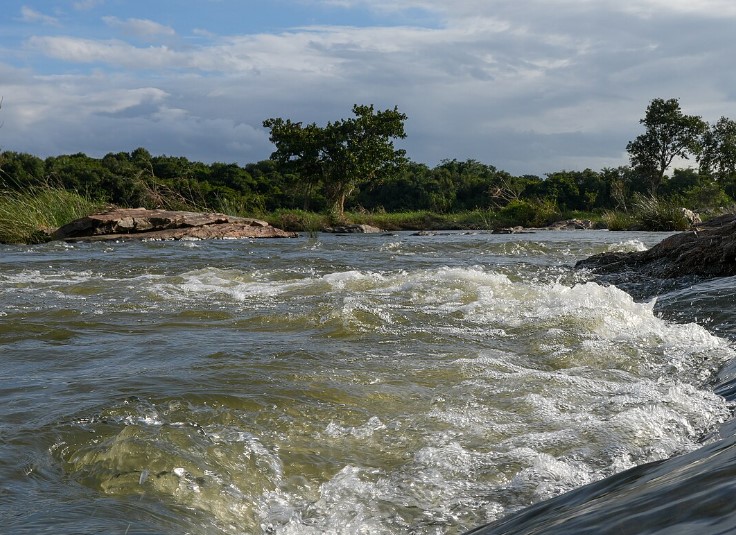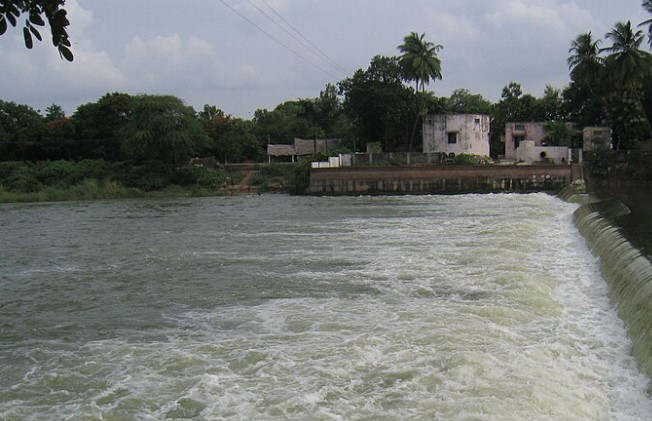- This place was once a “Kar Akil” trees forest, hence called as “Karakil Vanam”, the same was corrupted to the present name of “Karayil”.
- In Sanskrit the same was called as “Panasaranyam”, “Kalaakaruvanam” “Thevatharuvanam”, “Kapalapuram”, “Brahma Puram”, “Kapithavanaapuram”, ( Person called Kapithan did service and worshipped Lord Shiva).
- The Kannayariamudayar Temple, located in Thirukkarayil in the Tiruvarur district of Tamil Nadu, is a significant Hindu shrine dedicated to Lord Shiva.
- Historically known as Kaarayil or KanRapur during the Thevaram period, it is now referred to as Thirukkaravasal and Koyilkannapur.
- This temple is the 236th Thevaram Paadal Petra Shiva Sthalam and the 119th Sthalam on the south side of the river Kaveri in Chozha Nadu. Revered in the Devaram hymns of the 7th-century Tamil Saivite poet Sambandar, it is classified as a Paadal Petra Sthalam.
- The temple is part of the seven Sapta Vitanka temples, featuring shrines to Thyagaraja and Somaskandar, which are associated with the Muchukunda Chola legend.
- Thirukkarayil is situated approximately 13 kilometres south of Tiruvarur, making it an important site within the series of Thevara Sthalams in the Chola region south of the Cauvery river.
PURANIC SIGNIFICANCE:
In another legend, when the Kumbabishekam was in progress, a blind lady was standing on the banks of “Vellaiyaru” hearing the sounds.
She felt very sad for not being able to see the Kumbhabhishekam.
Lord Shiva gave her eyesight 1000 times brighter than the normal.
The Blind lady was very happy and worshipped Lord Shiva.
Hence Lord Shiva is called as “Kannayiranathar”.
Saptha Vidanga Sthalams
The Saptha Vidanga Sthalams refer to seven sacred locations housing Vidanga or Swayambu Lingam, which are naturally occurring and do not require sculptor’s tools (Dangam) for their formation.
Legend of Muchukunda
According to legend, Indira, after winning a war against demons with Emperor Muchukunda's assistance, sought to gift Muchukunda a token of gratitude. Muchukunda requested the Vidanga Linga that Indira possessed.
Reluctant to part with this precious asset, Indira created six additional Lingas using the divine sculptor Maya.
However, Muchukunda, using his divine powers, discovered the original Linga, marked by the fragrance of the Sengazhuneer flower. Acknowledging the divine play, Indira ultimately presented all seven Lingas-one original and six created-to Muchukunda.
Installation of the Lingas
Muchukunda installed these seven Lingas in various locations, now known as the Saptha Vidanga Sthalas:
- Veedhi Vidangar in Tiruvarur
- Nagara Vidangar in Thirunallar
- Sundara Vidangar in Nagapattinam
- Avani Vidangar in Thirukkuvalai
- Neela Vidangar in Tiruvaimur
- Bhuvani Vidangar in Vedaranyam
- Aadhi Vidangar in Thirukkaravasal (where Lord Shiva is believed to perform the Kukkuda dance)
Worship in the Temple
- Lord Shiva gave darshan to a Thasi, hence Lord Shiva is called as “Katchi Kodutha Nayagar”.
- It is believed that Musukuntha Chakravarthy and Indra worshipped Lord Shiva of this temple.
- Indra worshipped Lord Shiva on Purattasi Pournami day.
- Hence special poojas are conducted on that day every year.
In this temple, Lord Shiva is worshipped by various devotees, including:
- Mother Mahalakshmi
- Sages Kabala, Patanjali, and Vyakrapada
Etymology
The name Tirukaravasal derives from its dense growth of Karahil trees during the Puranic period, originally named Tirukarahil.
Kadukkai Vinayaka
This legend is associated with the Vinayagar on the banks of Brahma Theertham. As per the legend, a merchant carried “jathikai” bags for sale and stopped at the temple to take a rest. Vinayagar took the form of a child and asked the merchant what he was carrying ?. The Merchant lied that he was carrying “Kadukkai”. After hearing this, Vinayagar disappeared. The merchant checked and found all the Jathikai had turned to Kadukkai. The merchant begged to pardon him for telling a lie, Vinayagar pardoned him and changed back all the Kadukkai in the “Jathikai”. From then onwards This Vinayagar was called “Kadukkai Vinayagar”.
Indra’s Worship
It is said that Indra worshipped Shiva here on a full moon night in the month of Virgo.
Different Names
The place is referred to by various names in hymns, including:
- Kurumaanakkudi
- Kannaarkoyil
- Thirukkaaraayil
ADMINISTRATION:
The specific board or trust administering the Kannayiranathaar Temple in Thiruvarur may vary over time and is often appointed by the Tamil Nadu Hindu Religious and Charitable Endowments (HR&CE) Department.
df010a.jpg)

